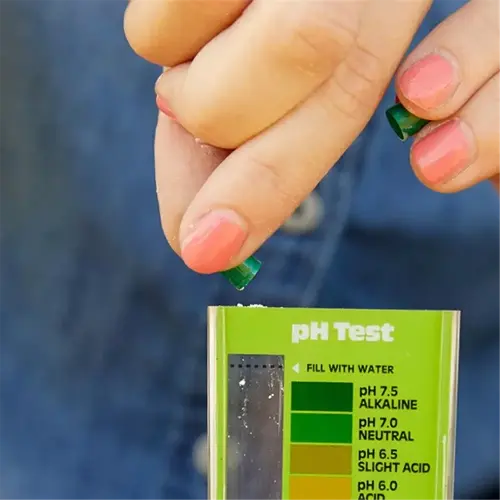What are the essential steps for spring garden preparation?

Written by
Paul Reynolds
Reviewed by
Prof. Samuel Fitzgerald, Ph.D.Preparing the spring garden can start with getting your soil tested about six weeks before your last frost. I learned this the hard way when I started growing zucchini and it failed due to low calcium. The test kits tell you the pH and any nutrient gaps. Amend based on your test results; compost or lime can be added depending on the test results. If we want healthy roots, we should focus on ideal soil to establish balance when we build plant beds.
Soil Testing
- Collect samples from 6-inch depths in multiple beds
- Target pH 6.0-7.0 for most vegetables
- Add sulfur if above 7.5; lime if below 5.5
Pruning Schedule
- Trim roses after frost risk passes
- Cut raspberry canes to 12 inches
- Remove deadwood from fruit trees first
Mulch Application
- Spread 3 inches of shredded bark
- Keep 6 inches from tree trunks
- Replenish nitrogen if using fresh wood chips
Timing is paramount. In coastal zones, soil preparation gets underway in February, while mountain areas wait until April. I once made the error in Vermont of mulching too early; a frost heave denied this layer of mulch any chance of establishment. Just remember to align your activities with your USDA Zone. Use a probe thermometer to monitor soil temperatures. In the end, soil temperature determines the success of your seeds.
Irrigation Setup
- Inspect hoses for winter cracks
- Calibrate drip emitters for 1 gallon/hour flow
- Position soaker hoses 12 inches apart
Tool Maintenance
- Sharpen pruners to 20°-25° angles
- Soak tools in 70% alcohol for 30 seconds
- Oil pivots with linseed oil weekly
Regular cleaning cuts disease transmission. Clean tools every two weeks. After we sanitized his shears with alcohol, a client's blight outbreak stopped! Wheelbarrow tire pressure should be maintained at 20-35 PSI. An under-inflated tire puts strain on your back - overinflation increases the risk of blowouts when working on rocky paths.
Read the full article: Spring Garden Preparation: 10 Expert Tasks for Success

